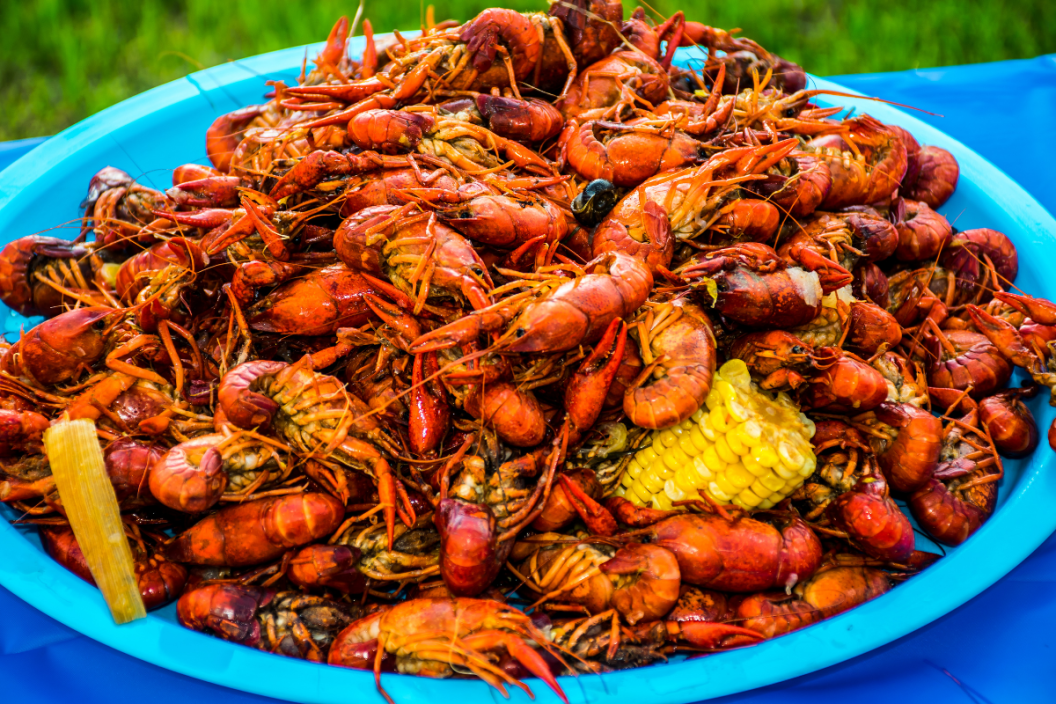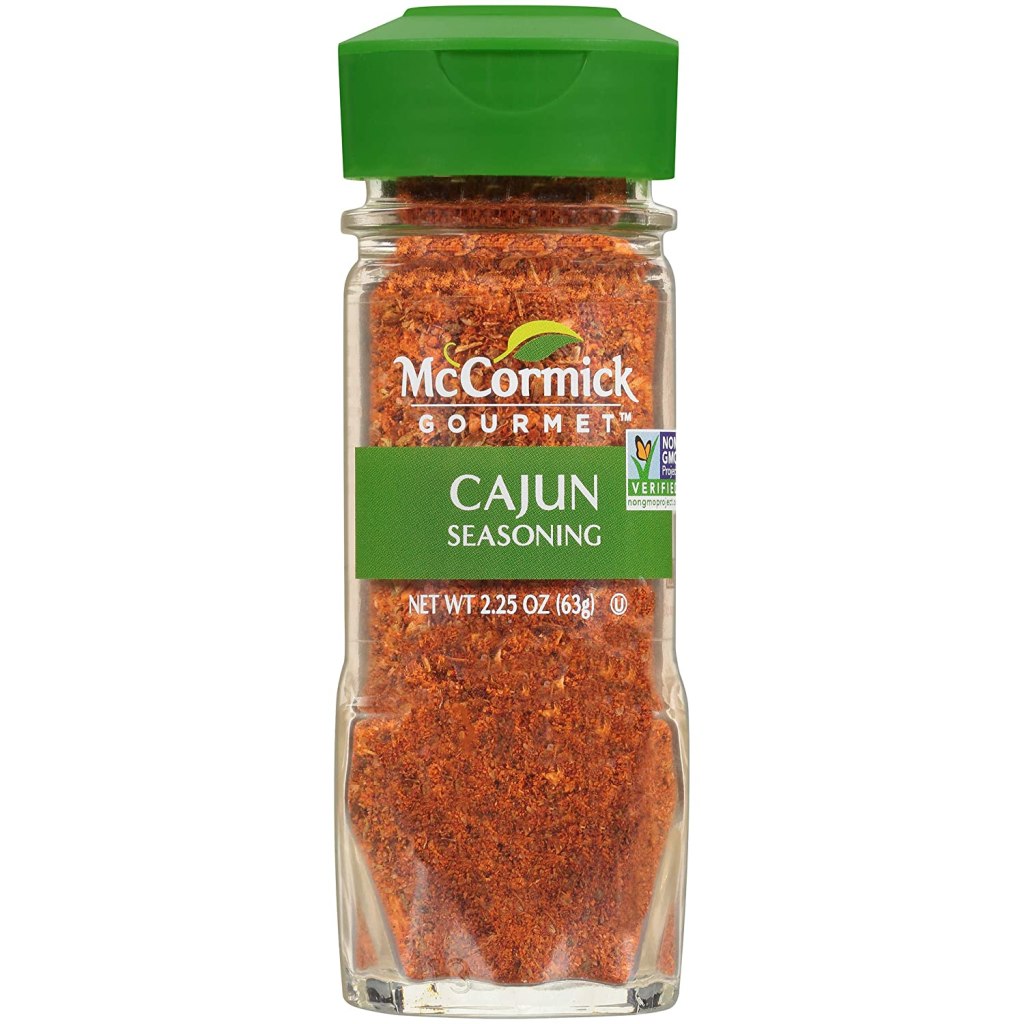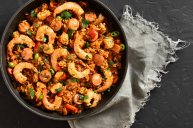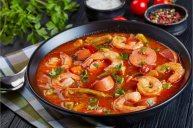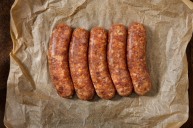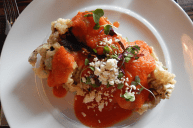Every state has its own storied cuisine that travels through the history of its home cooks and their creative ways of adapting to the environment, the seasons, and their economic situations. This storied home cooking is more than evident in the Big Easy, and Louisiana has become inextricably linked to two words that define everything from its food to its architecture, politics, and even its music. The real difference between Creole and Cajun cooking comes down to this: Creole cuisine uses tomatoes, but Cajun food does not.
Videos by Wide Open Country
Creole Vs. Cajun
However, the story doesn't end there and it's not so simple, after all. There is a much broader definition for each. Creole food tends to be described as city food, while Cajun cuisine earns the nickname of country food. So before you can really look into the difference between the cuisines, it's important to step back and take in the culture and population of Louisiana, particularly New Orleans.
Creole families in the 19th century often had easier access to local markets with servants that did the cooking, while Cajun families learned to live off the land with more of a focus on seasonal cooking. That is, in part, one reason why traditional cooking from France is evident in Creole cooking and why it's become city food.
What Is Cajun Cooking?
The word Cajun comes from the French Acadians, and describes an ethnic group that consists of descendants of Acadian exiles. Families in lower Louisiana can even trace their ancestors as far back as the Seven Years War from 1756 to 1763. Acadians came from eastern Canada, and in Louisiana today, Acadian and Cajun both refer to a culture that is set apart from the deported Acadians. Today, the area in which they settled is known as Acadiana, or Cajun country, in southwest Louisiana.
Cajun cooking is often well-seasoned and from it, we've got the holy trinity of Louisiana cuisine, which is a traditional French mirepoix that uses onion, celery, and bell pepper instead of carrots to create a flavor base. Paprika, garlic, thyme, and green onions are also common Cajun ingredients. Most often defined as one-pot cooking with country ingredients, like corn, seafood, and wild game, Cajun cuisine like gumbo and crawfish have become embedded in Louisiana's edible history.
In fact, even the gumbo is different between the two styles. A Cajun roux will typically be made with a kind of lard or oil and flour, and this roux fills out the gumbo as more of a stew than the Creole version. The low country boil, in particular, is a hallmark of Cajun cuisine.
There's a saying about the difference between Creole and Cajun culture that goes something like this, "A Creole feeds one family with three chickens and a Cajun feeds three families with one chicken." This is highlighted best in boudin, which a Cajun sausage made of pork, rice, and seasoning in a casing.
The resourceful, rustic cooking of Cajun people is a testament to the influences from Native American cooking and French colonists. The heartier meals that define Cajun French cooking showcase that beautifully.
What Is Creole Cooking?
https://www.instagram.com/p/B0CKjrCFpUn/
If Cajun French cooking is down-home country cooking, then Creole cooking is its counterpart. The term Creole collectively describes a much larger group of people than Cajun. Originally assigned to French colonial settlers that were born in the colony, Creole came to mean much more.
During the 18th century, Creole people were descendants of the Spanish and French upper classes that ruled New Orleans, but it grew to include both free people of color and native-born slaves that were of African descent. French Creole, then, emerged to describe those with European ancestry, while Louisiana Creole described those of mixed-race ancestry.
Creole cooking, in that context, is used to describe the influences of so many different international regions. While Creole cooking might be classically French in its composition, with the exception of the holy trinity mirepoix, it includes flavors from Europe, West Africa, the Caribbean, and the West Indies. If there's one cuisine that defines just how much of a melting pot America is, it's Creole.
A Creole roux, different from a Cajun roux, uses the classic butter and flour combination, and this is used in Creole gumbo. Cayenne pepper is one spice, too, that stands out as distinctly Creole and stems from its roots in Caribbean cooking. Okra itself is an African ingredient incorporated into Creole dishes. File, or ground sassafras leaves, is a gumbo thickener, similar to cornstarch today and comes from Native Americans. These have all become staples of Louisiana food, and important parts of the Creole cooking puzzle.
Cajun and Creole Culture
No matter how you slice it, Louisianans today use all parts of these famous cuisines in their own home cooking. Whether their ancestors are American Indians, les Acadians, former slaves in south Louisiana, or free peoples who passed through the area and settled on the winding land, their connections in the kitchen make them a part of something larger.
One thing is for certain, though. The only place you can find authentic and truly real Cajun and Creole cooking is in Louisiana. It's even better if it's in a kitchen and not a restaurant, too.
